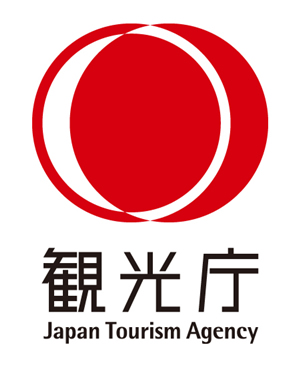Chichibu 34 Kannon Pilgrimage: Suggested Day Trip Route
Visitors interested in trying a pilgrimage do not have to undertake the full 34-temple circuit to experience Chichibu’s historic route. The section beginning at En’yūji Temple (#26) and progressing in numbered order to Chōsenin Temple (#29) is an ideal day trip that includes several scenic attractions. The route is only 6.4 kilometers long and can be easily accessed from the Chichibu Railway.
From Kagemori Station, the walk to En’yūji Temple’s stately main hall (hondō) takes about 10 minutes. There, visitors can purchase temple charms or receive a temple stamp. The statue of Kannon is enshrined at Iwaidō, the inner hall of En’yūji Temple located higher up the mountain. A trail leads from the main complex, first along a road that passes through the compound of a Showa Denko chemical plant, then into the forest. A climb of over 300 moss-covered stone steps leads up to Iwaidō, a secluded pavilion nestled against the cliff face. From there, the pilgrimage route follows the Kotohira Hiking Trail along the ridge toward Daienji Temple (#27).
Before descending the ridge, visitors will pass Daienji’s central image, a striking white statue of Kannon enshrined on the hilltop. Lower in the valley stands the main hall, Tsukikagedō, where visitors can acquire temple stamps for Daienji. Temple stamps for Hashidatedō Temple (#28) can also be received here during its winter closure.
Just over a kilometer from Daienji is Hashidatedō Temple, which lies beneath the imposing cliff face of Mt. Bukō. Hashidatedō is a good spot for a lunch break—below the temple are several shops that serve handmade noodles and snacks. Nearby is the entrance to Hashidate Limestone Cave. In times past, pilgrims considered the natural pit cave to be sacred ground, and traveling through it was symbolic of rebirth. For a small fee, visitors can explore its 140-meter length of twisting, narrow passages and stalactite formations.
The cave’s exit lies near the steps up to Hashidatedō Temple, a scarlet pavilion framed by a sheer limestone cliff over 65 meters high. Enshrined inside the temple are wooden horse figures dedicated to Batō Kannon (“Horse-headed Kannon”), a rare manifestation of the deity who is worshipped as a guardian of horses. Hashidatedō Temple is unattended between the second Monday of December and the end of February.
The road to Chōsenin Temple (#29) takes visitors over the Urayama River via the Shojō Bridge, which gives an excellent view of the 156-meter-high Urayama Dam. At Chōsenin, the large main hall is flanked by stone lanterns and surrounded by a Zen garden. Stone versions of prayer tablets, called sekisatsu, are gathered in groups near the main hall. The custom of bringing these to the temple is said to originate with a holy man who visited in 1234. From Chōsenin, it takes roughly 15 minutes to walk to Urayamaguchi Station.
For visitors who prefer to drive, limited parking is available at each temple.










